So you’ve got fibre and an all-you-can-eat internet plan but coverage throughout the house sucks. PAT PILCHER is here to explain the one-stop-shop solution: Mesh networking.

Could Wi-Fi be fatal for politicians? If Simon Bridges’ antics are anything to go by, the answer is an emphatic “YES!”
With the Covid-19 lockdown in full swing, Bridges declared his Wi-Fi at home sucked yak balls. According to him, this meant he was unable to do whatever it is that he needed to do as the leader of the National Party.
This saw Bridges flouting lockdown rules and driving from Tauranga to Wellington on several occasions. For many, this was the final straw. The public backlash was both swift and brutal. The National Party plunged in the polls. This led to a leadership coup that saw Bridges dumped as party leader.
The silly thing about this saga is that it was avoidable. Getting bomb-proof Wi-Fi in your home can be as easy as installing a Mesh network.
So, what is this Mesh network thingy anyhow? A Mesh network consists of intelligent mini routers called “nodes”. These connect to other nodes around your home to form a mesh network. Smartphones, tablets, and other widgets connect as they do on old school routers. Instead of a router, there are usually 2-3 nodes around your home. (You can have as many nodes as you need). This leads to serious improvements in your wi-fi reception.
The nodes figure out the best way to shunt data between the node your widget is closest to and your router. A mesh network not only supplies full-strength Wi-Fi, but manages all the complicated stuff. In practice, they adjust radio and routing settings so you get the best coverage.
For Simon, setting up a Mesh network might have saved him a tonne of travel – and his political career.
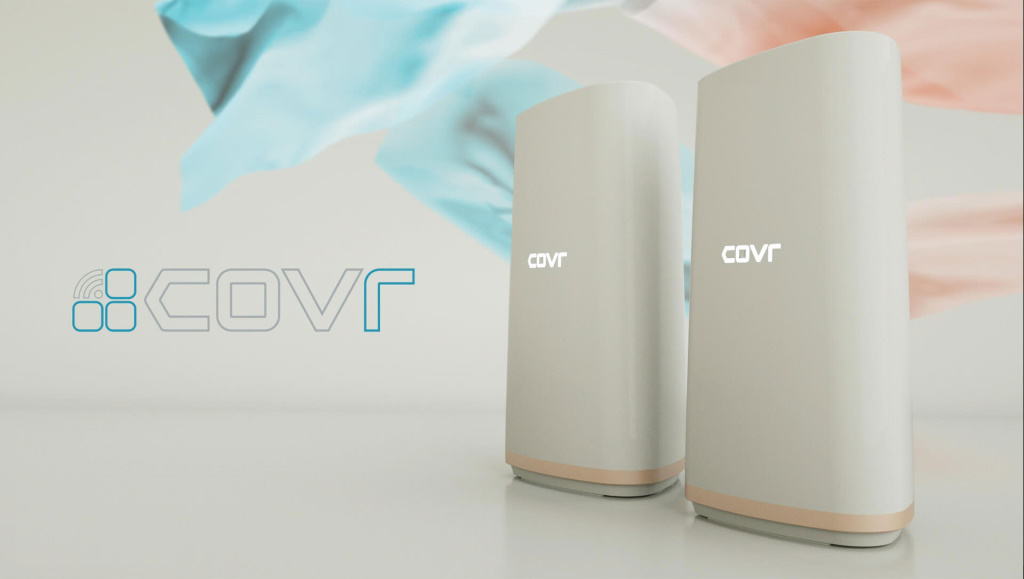
D-Link Covr 2022
$549.99
D-Link’s Covr 2022 system comes with two nodes. These offer a theoretical throughput of up to 2200Mbps and can cover under 560m2 (your coverage will vary depending on the materials used in the construction of your home). You can also buy extra Covr 2022 nodes and expand network coverage if needed.
The Covr 2022 nodes have two Ethernet ports. A Node can connect to an existing router and satellites can supply Ethernet or Wi-Fi connectivity. Their short and plain design also means they can get tucked out of the way.
Setup is dead simple. It consisted of clicking a “next” button through several prompts in the D-Link mobile app. The Covr system also has a web interface. This is great news for advanced users wanting more tweaking options. For the bulk of us, the mobile app is more than ample.
Another nifty feature baked into the Covr 2022 is automatic firmware upgrades. Keeping the firmware up to date is important. Older, out of date firmware can get exploited, leaving networks vulnerable. With most network gear, this means manual updating. This is a time-consuming process that’s about as much fun as DIY root canal surgery. In short, automatic updates are a hassle-free way to keep your networks secure. The Covr 2022 is a near bomb-proof means of banishing Wi-Fi dead zones. Last (but by no means least), each Covr 2022 node makes use of a dedicated 5Ghz or 2.4Ghz back channels to communicate with each other, meaning you not only get rock-solid Wi-Fi, but its quick too.
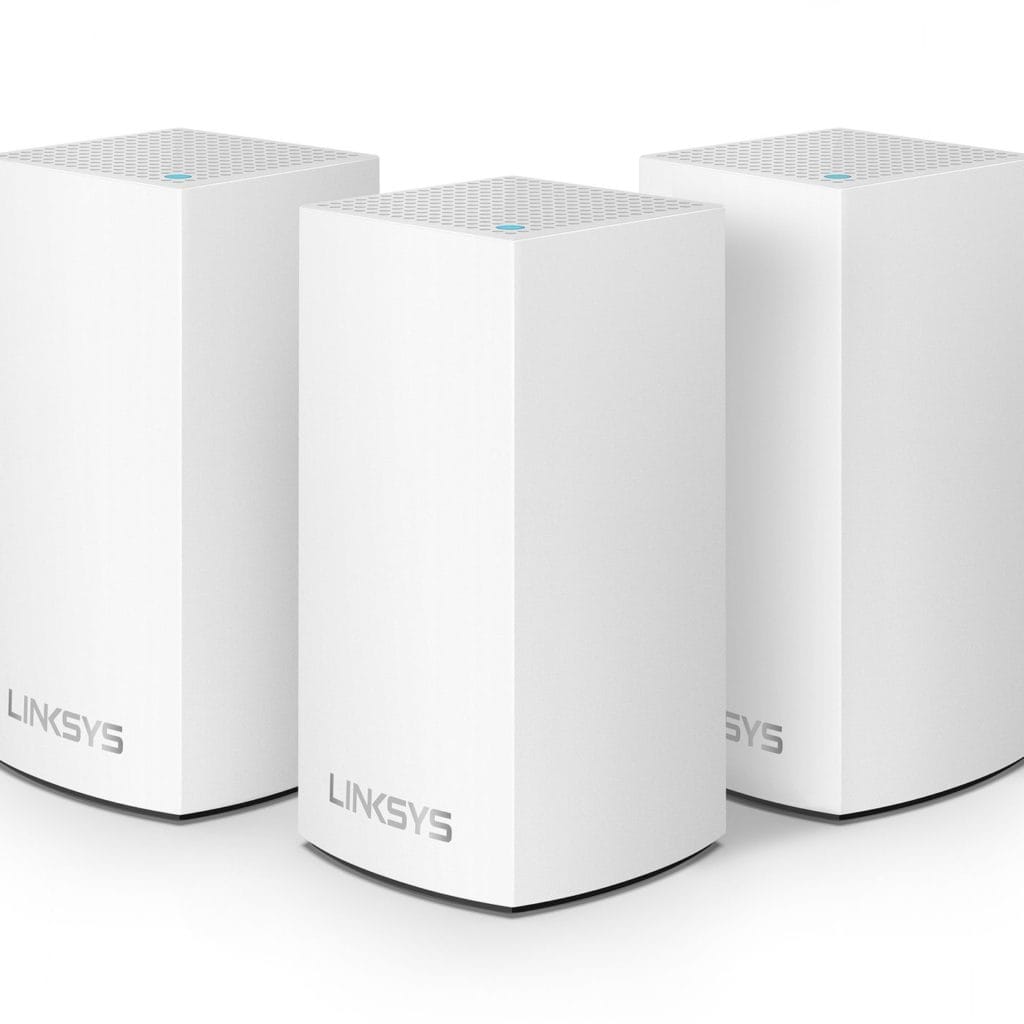
Linksys Velop
$418
Linksys’s Velop Mesh system is one of the more flexible options available. As well as selling boxed three-node packs, extra single nodes are available. Linksys also offers routers that are Velop Mesh compatible. These make network management much simpler. A router-Mesh setup might be a costly option, but they give you the best of both worlds. You’ll get the performance of a traditional router and the rock-solid coverage of a mesh network.
The design of the Velop gear is clever. Their tall design might not look as if it would blend into home decor. A matte white finish and a clever cable management system makes them easy to place. Their unobtrusive finish also means they don’t draw attention to themselves. Built into the base of each Node are two Gigabit Ethernet ports and a power socket. A cable clip at the back also helps keep cables tidy.
Getting setup happens with the Linksys mobile app (iOS/Android). It first prompts you to update to the latest firmware. It’ll apply updates from there on in. Power users can access a web console.
In use, there were no dead spots anywhere. From the kitchen through to the garden I got a stable and quick Internet connection. Compared to my old-school router setup the difference was like night and day.
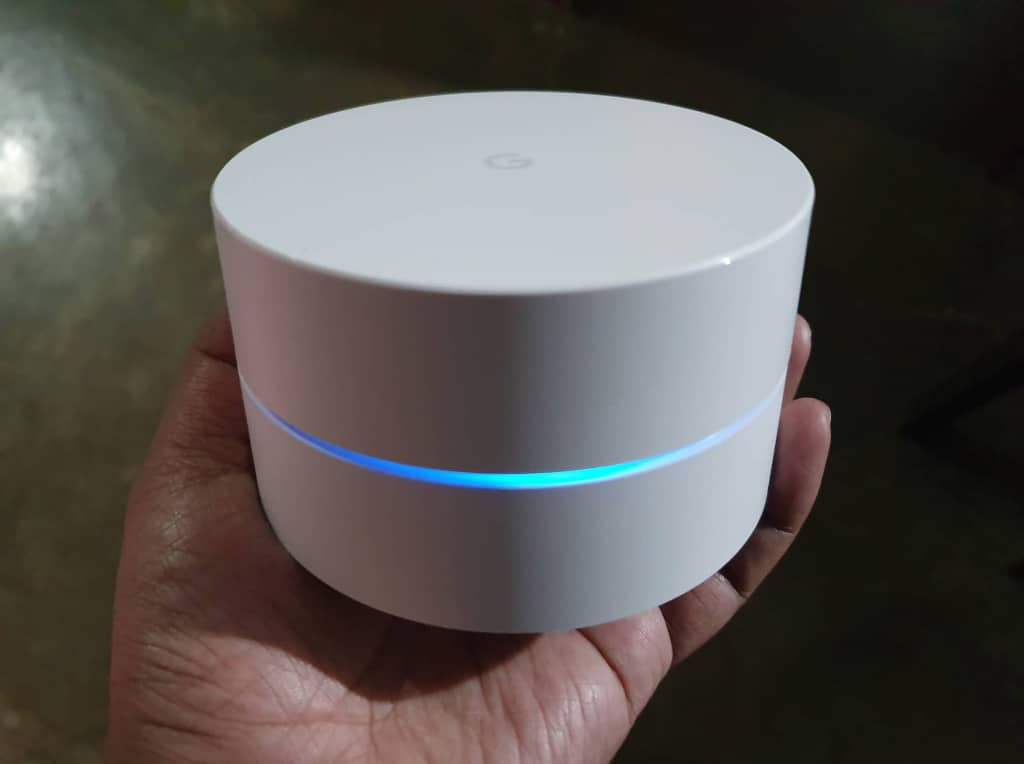
Google Wi-Fi
$549
Thanks to its high-profile brand, Google’s offering is one of the better-known Mesh options of the brands in this roundup. It also has near-seamless Android integration with the Google Home app.
The round, puck-like nodes have two Ethernet ports on their underside as well as a USB-C power socket. This discrete design helps the nodes all but disappear in most homes. The only thing that sticks out is RGB LEDs arranged around the puck to display network status.
Getting set up took under 10 minutes, and was bomb-proof. The Google Home app deals with complexity and provides a straightforward user interface. An easy set up makes Google Wi-Fi good for anyone who gets hives at the thought of poking around their home network.
Their coverage was excellent throughout my entire home. That said, their throughput was slower than that of Netgear’s Orbi.
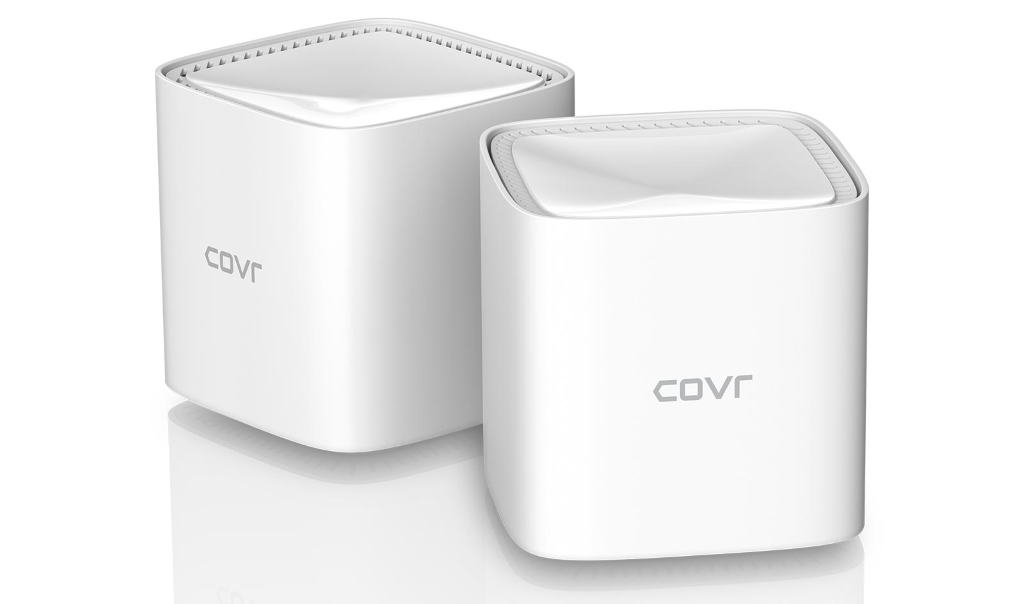
D-Link COVR-1102 EasyMesh
$329.99
D-Link’s Covr-1102 is one of the most compact offerings in this roundup. It is the first in New Zealand to use the Easy Mesh standard. This solves a critical drawback with existing Mesh systems, most of which are not interoperable. If you buy Netgear’s Orbi system, it won’t work with Google Wi-Fi and so on.
With Covr-1102, you can add Easy Mesh nodes and they’ll work regardless of their brand. This means you’re not locked into one brand, which can save you money and give you a small amount of futureproofing.
Design-wise, the COVR-1102 comes as a 3 pack of Mesh nodes. Their compact design also makes them inconspicuous. As with the other nodes reviewed, twin gigabit ports are also available. D-Link’s blurb says they offer 325m2 of coverage. This should be more than ample for most average-sized homes and best of all, more nodes can get added with no fuss.
Getting set up was no bother at all thanks to the D-Link Wi-Fi app (IOS/Android). The setup process took 5 minutes. The app took me through a simple step by step process which included setting up network SSIDs and passwords.
The COVR system also has what D-Link calls Smart Steering. It directs devices to the best Wi-Fi band for optimal performance. There’s also Smart Roaming, which connects devices to the strongest signal. COVR-1102 also has Alexa and Google voice support. With it, you can tweak settings using your voice.
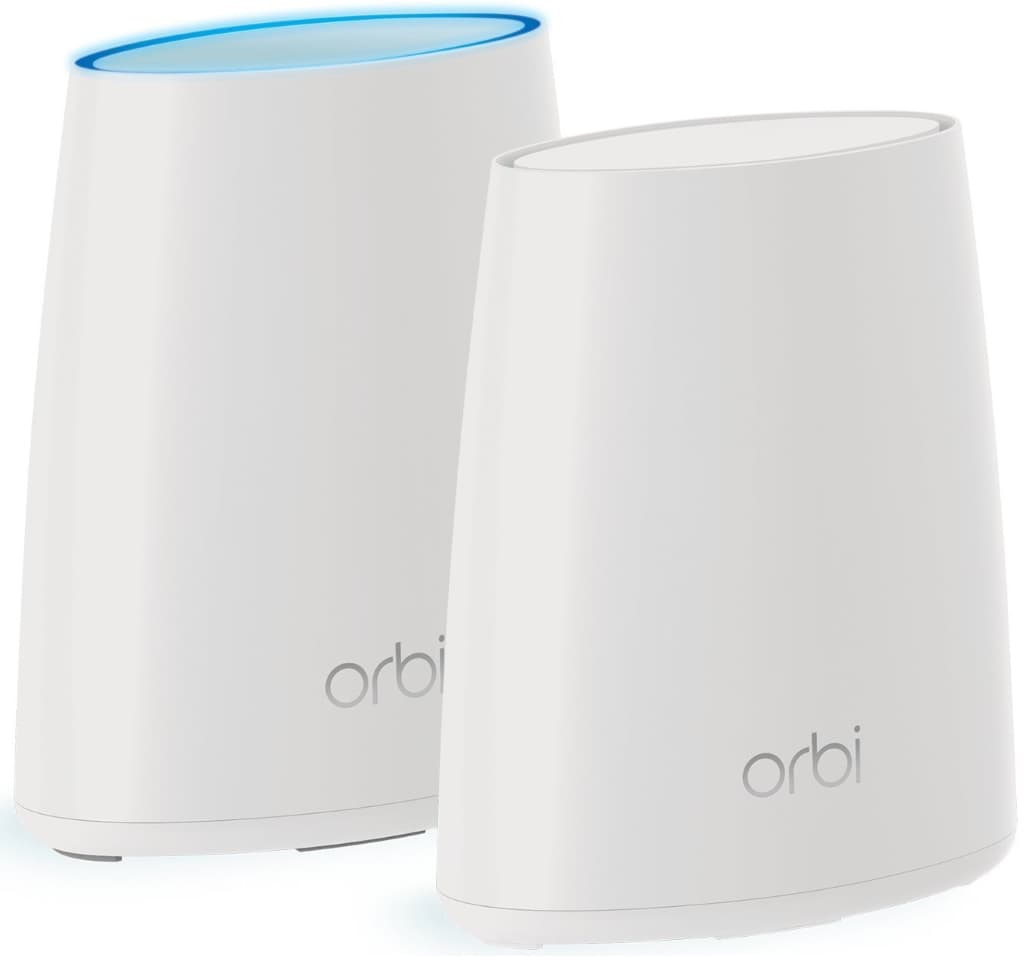
Netgear Orbi
$348.99
I’ve saved the top performer for last. Netgear’s Orbi nodes are the biggest Mesh nodes in this roundup. Finished in a non-descript white, their size means they stick out. A typical Orbi setup consists of an RBR20 Router and RBS50 satellite.
As with the other Mesh gear, getting set up required I installed a mobile app. It made the entire setup process a doddle, and much like Google Wi-Fi, it kept complexity out of sight. A minor downside was that it offers limited functionality for power users. That said, the web console is excellent for those who want to do some serious tweaking.
Feature-wise, the Orbi nodes have almost everything you’re likely to need. Good parental controls are there. You can also add security by purchasing the Bitdefender add-on. Remote management is also possible and the app gives you mobile status alerts. Work from home types will also like that a VPN can be set up too. There’s also a dedicated 5GHz network for shunting data between nodes and your router. This helps the Orbi nodes perform well speed-wise.
https://www.netgear.co.nz/orbi/
Witchdoctor’s Buyer’s Guides are brought to you by Slingshot














